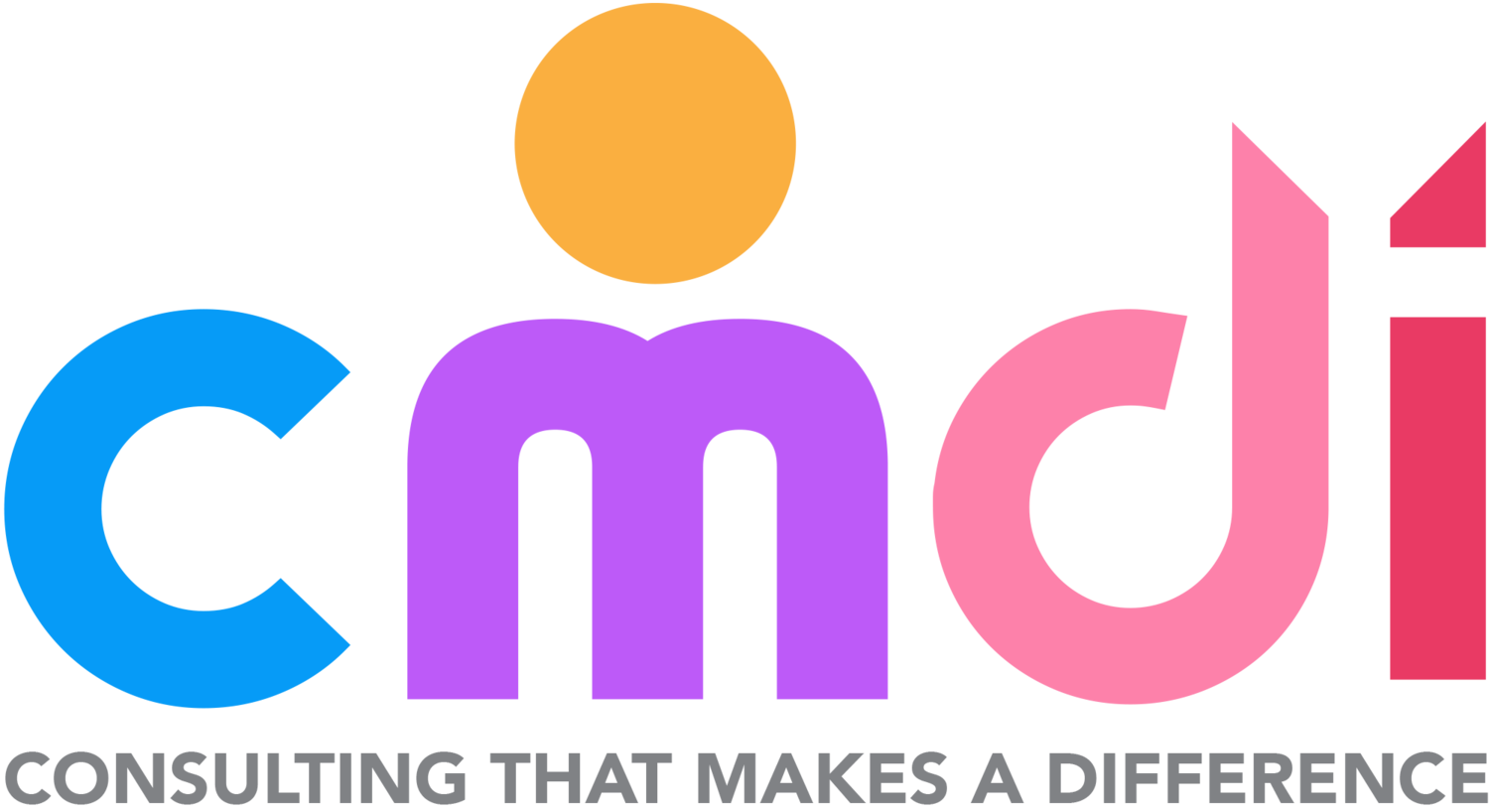Approaching Mental Health Literacy
"Promise me you'll always remember — you're braver than you believe and stronger than you seem, and smarter than you think." ~ Christopher Robin to Winnie the Pooh
At the time of writing, America is again reeling from a mass shooting in Buffalo, NY, leaving ten dead and three injured. The person responsible is a barely adult 18-year-old.
Here are just the first handful of items in our news feed:
There has been and continues to be COVID.
The war in Ukraine.
Climate stability in freefall.
Understandably, many people are feeling the effects of this turbulent time. In spite of the advances that we have made toward understanding and destigmatizing mental health issues, research shows that the number of Americans suffering from some type of mental disorder is increasing. You probably don't have to look very far in your circle of family and acquaintances to find someone suffering from mood, eating or anxiety disorders, trauma, depression, or substance abuse.
The challenges we face as individuals and as a society will not magically disappear. Therefore, there needs to be an active willingness to acknowledge and identify the depths of the struggles of those we care about before we discover the mental Utopia we all crave. But, while the human race makes its uncertain way towards that sunny far-off land - two steps forwards, one step back, stumbles, falls, and picks itself up again - what can we do?
We begin with our children.
Tragically, the statistics indicate that our young people are often faring the worst. COVID has played a huge part in exacerbating feelings associated with anxiety and depression in children and adolescents. Their usual education, physical exercise, and daily interaction with peers have been replaced almost overnight, with extended periods of isolation, tedium, and hugely reduced social activity. This has not been an ideal time to be young! Even adults who understand world stressors struggle to ask for assistance with the simplest of challenges.
Unfortunately, children are often not able to identify that they have a mental disorder that could be treated. Or, if they do realize, perhaps they are too embarrassed or ashamed to seek help. So how can we help our children understand what they are feeling and assist them in managing their lingering internal discomfort made familiar over the past two years?
There has been excellent research done recently that strongly suggests that focusing on adversity during childhood, temperament, and dopamine levels can predict the onset of a wide range of conditions later in life. These include depression, addiction, ADHD, eating disorders and dyslexia, and more.
The studies place great importance on the idea of prevention of psychiatric disorders developing. Understanding experiences in early life, such as neglect, physical or sexual abuse, monitoring the brain's dopamine auto-receptors, and gauging responses to rewards and punishments, can be used to put in place measures that will prevent these experiences and tendencies from manifesting as larger problems in later life.
"These features represented some of the best-supported risk factors thought to influence multiple mental health problems. Our study is unique because we had the unprecedented opportunity to study all three factors together." Marcus Leyton, PhD
Mental health professionals recommend that, whenever possible, children who are known to have experienced childhood trauma or display certain types of behavior be evaluated as early as possible. It is believed that the resulting preventive care would be beneficial to the individual, and by extension, society, as they navigate their adolescence and later life.
So as educators, is there a blueprint available to see the signs and help students? Could some time be found in the school week to introduce and educate children in mental health literacy?
We can follow guidelines if we are willing to look a little deeper, but it's important to note that the signs can be different in every child. Young children may show trauma differently than older children. A comprehensive list of traumatic stress signs to watch for can be found here: https://www.samhsa.gov/child-trauma/recognizing-and-treating-child-traumatic-stress
"What I love about therapy is that they'll tell you what your blind spots are. Although that's uncomfortable and painful, it gives you something to work with." ~ Pink
The work that has been done and that continues to be done in the field of mental health is remarkable. Huge strides have been made towards understanding the reasons for different disorders and the mechanisms that allow them to take hold and have such pernicious impacts on individuals and society as a whole. We also have better tools at our disposal for helping those suffering from these illnesses. More than this, we understand how, if we are on the alert for the signs early enough in our youngsters, we can do so much to ameliorate the worst effects of these issues.
If all these ideas and solutions are given the space to breathe, imagine the suffering that can be headed off at the pass, as it were. But this still depends on a consistent drive to spread awareness of what is possible and destigmatize mental health issues among the broader community.
We will almost certainly never live in a world free of the scourge of mental illness, but we already have the means to lighten the burden considerably.

